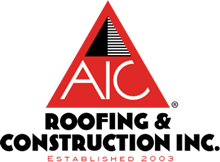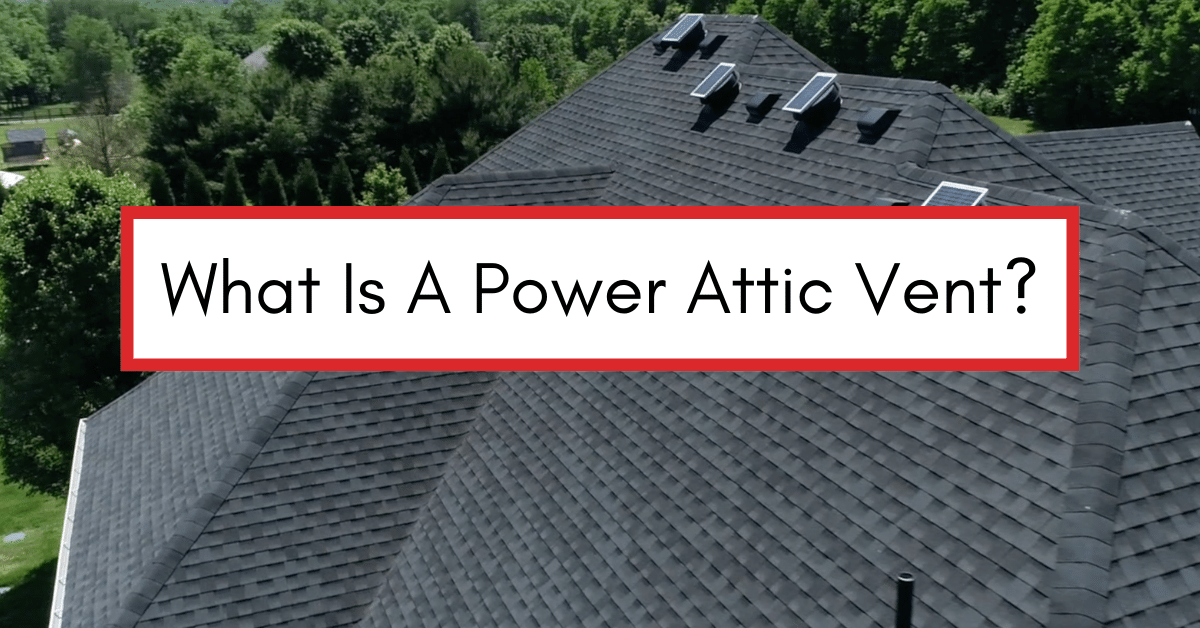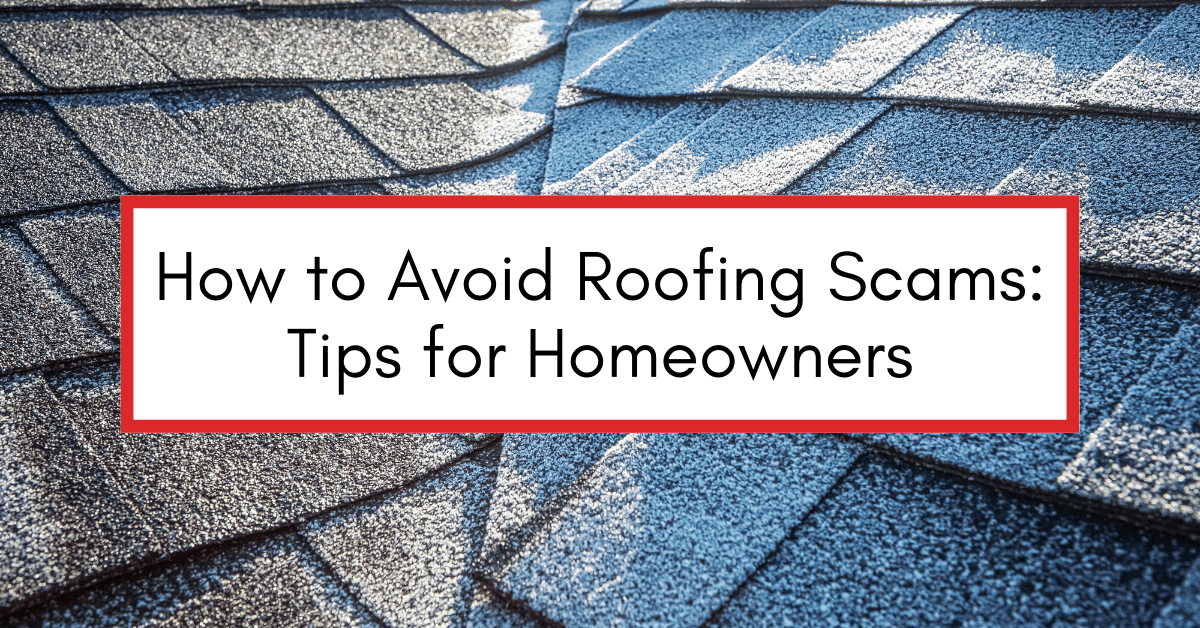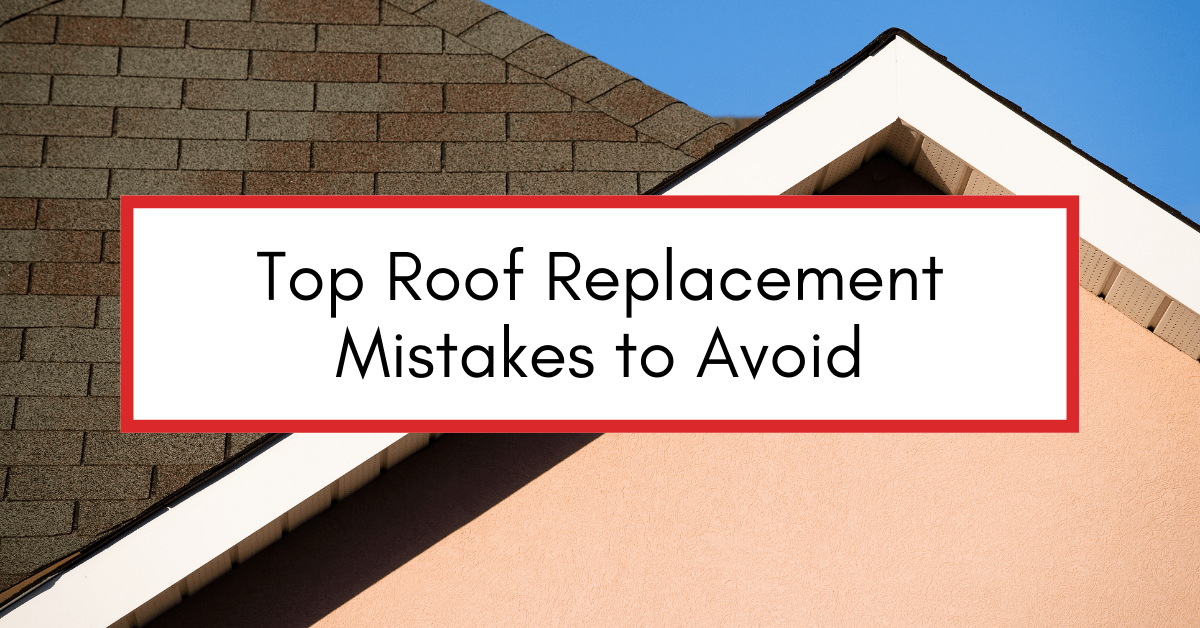A power attic vent, also known as a powered attic ventilator, is designed to improve the ventilation in your attic space. By removing hot air and moisture from the attic, power attic vents help regulate the temperature and humidity levels, contributing to a more comfortable and energy-efficient home.
What Is A Power Attic Vent?
A power attic vent, also known as a powered attic ventilator or attic fan, is a device installed in the attic of a building to help regulate the temperature and moisture levels within the attic space. It enhances attic ventilation by expelling hot air and moisture, which can accumulate in attics, especially during warm weather.
Here are the key features and functions of a power attic vent:
- Motorized Fan: A power attic vent typically includes an electrically powered fan. This fan is responsible for actively drawing hot air from the attic and expelling it to the exterior.
- Thermostat Control: Many power attic vents have a thermostat that automatically activates the fan when the attic temperature reaches a certain level. This helps ensure the fan operates when needed, such as during hot summer days.
- Humidity Control (Optional): Some models may also include humidity sensors to activate the fan when moisture levels in the attic are too high. This can help prevent issues such as mold and mildew growth.
- Improved Ventilation: The primary purpose of a power attic vent is to improve attic ventilation. By removing hot air and moisture, it can help reduce the overall temperature in the attic space, which can have several benefits, including lowering cooling costs, preventing damage to roofing materials, and prolonging the life of insulation.
- Energy Efficiency (Controversial): The effectiveness of power attic vents in terms of energy efficiency is a topic of debate. While they can help in certain situations, they may not be necessary or beneficial in all climates. In some cases, they might even interfere with the natural ventilation of the attic.
It’s important to note that opinions on the effectiveness of power attic vents vary. Some building experts argue that they are unnecessary and may disrupt the natural air flow in attics, while others believe they can be beneficial in specific circumstances. Before installing a power attic vent, it’s advisable to consult with a building professional to determine whether it’s a suitable solution for your specific attic and climate conditions.
The Importance of Proper Attic Ventilation
Proper attic ventilation is not only important for maintaining good indoor air quality, but it also plays a crucial role in the overall health of your home. Hot air and moisture can get trapped in the attic without adequate ventilation, creating a breeding ground for mold and mildew. This can lead to various issues, including respiratory problems and structural damage.
One of the key benefits of having power attic vents is that they help expel stagnant air from the attic, promoting a healthier living environment. By constantly circulating the air, these vents prevent moisture buildup and reduce the risk of respiratory issues caused by indoor pollutants. This is especially important for those with allergies or asthma, as poor indoor air quality can exacerbate their symptoms.
Role of Power Attic Vents in Maintaining Indoor Air Quality
Power attic vents play a vital role in maintaining good indoor air quality. They work by removing hot air and moisture from the attic, preventing the growth of mold and mildew. These vents are designed to expel the stagnant air, replacing it with fresh air from outside. This constant air exchange helps reduce the concentration of indoor pollutants, ensuring that the air you breathe is clean and healthy.
In addition to improving indoor air quality, power attic vents also help regulate the temperature in your home. During the hot summer months, attics can become extremely hot, reaching temperatures of up to 150 degrees Fahrenheit. This excessive heat can seep into your living space, making it uncomfortable and increasing energy bills. By removing the hot air from the attic, power attic vents help keep your home cool and reduce the strain on your air conditioning system.
How Power Attic Vents Prevent Structural Damage
A poorly ventilated attic can lead to numerous problems, including structural damage to your home. Excessive heat and humidity can cause the roof decking to warp, leading to leaks and costly repairs. This can compromise the integrity of your roof and even affect the overall stability of your home.
Power attic vents help mitigate these issues by removing heat and moisture from the attic. By expelling the hot air, these vents prevent the roof decking from warping and prolong the lifespan of your roof. This not only saves you money on repairs but also ensures the structural integrity of your home.
Furthermore, power attic vents can help prevent the formation of ice dams during the winter months. When warm air from the attic melts the snow on the roof, the water can refreeze at the eaves, creating ice dams. These ice dams can cause water to back up under the shingles, leading to leaks and water damage. By maintaining proper attic ventilation, power attic vents help regulate the temperature in the attic, preventing the formation of ice dams and protecting your home from potential water damage.
In conclusion, proper attic ventilation is essential for maintaining a healthy living environment and protecting the structural integrity of your home. Power attic vents play a crucial role in expelling stagnant air, reducing the risk of mold and mildew, and preventing costly repairs. Investing in proper attic ventilation ensures that your home remains comfortable, safe, and free from indoor pollutants.
Types of Power Attic Vents
Solar Powered Attic Vents
Solar-powered attic vents are a popular and eco-friendly alternative to electric-powered vents. These vents harness energy from the sun to power the fan, eliminating the need for electricity and reducing your carbon footprint. Solar-powered attic vents are particularly beneficial in areas with ample sunlight, as they operate efficiently even on cloudy days.
Electric Powered Attic Vents
On the other hand, electric-powered attic vents rely on electricity to run the fan. They are typically hardwired into your home’s electrical system and can be controlled with a thermostat or a switch. Electric-powered attic vents are known for their consistent performance and reliability, making them a popular choice for homeowners.
Maintenance and Troubleshooting of Power Attic Vents
Regular Maintenance Tips for Power Attic Vents
To keep your power attic vent running efficiently, regular maintenance is key. Inspect the vent periodically for any debris or obstructions hindering its performance. Clean the fan blades and housing as needed, and replace worn-out parts to prevent issues.
Common Issues and Their Solutions
- If your power attic vent is not working, check the power supply and ensure the circuit breaker is not tripped.
- Noise coming from the attic vent can indicate loose or worn-out components. Tighten any loose screws or consider replacing the fan blades.
- If the vent is not providing adequate ventilation, it may be undersized for your attic. Consult a professional to determine the appropriate size for optimal airflow.
In closing
A power attic vent is a valuable addition to any home, as it helps maintain proper attic ventilation, promotes indoor air quality, and prevents structural damage. Whether you opt for a solar-powered or electric-powered vent, proper installation and maintenance are crucial to ensure its effectiveness. By understanding the basics and benefits of power attic vents, you can decide to improve your home’s energy efficiency and overall comfort.
Whether you’re looking for a high-quality roof installation, repair, or new gutters and siding, AIC is here to help. We believe in and practice the best customer service possible, including showing up on time, following through on what we say we’ll do, and treating people with common decency and respect.
Our in-home consultations are free, informative, and low-pressure. Please contact us by texting, calling, or filling out our contact form.
3-tab attics barns chimney choosing a contractor commercial cost curb appeal DIY estimate financing flashing flat roof GAF glossary gutter replacement gutters gutter size gutter system ice dams inspections insurance missing shingles roof design roofing materials roofing system roof leak roof maintenance roof materials roof repair roof replacement roof shapes roof types shingle ratings shingles siding siding materials siding replacement skylights storm damage underlayment ventilation warranty winter







